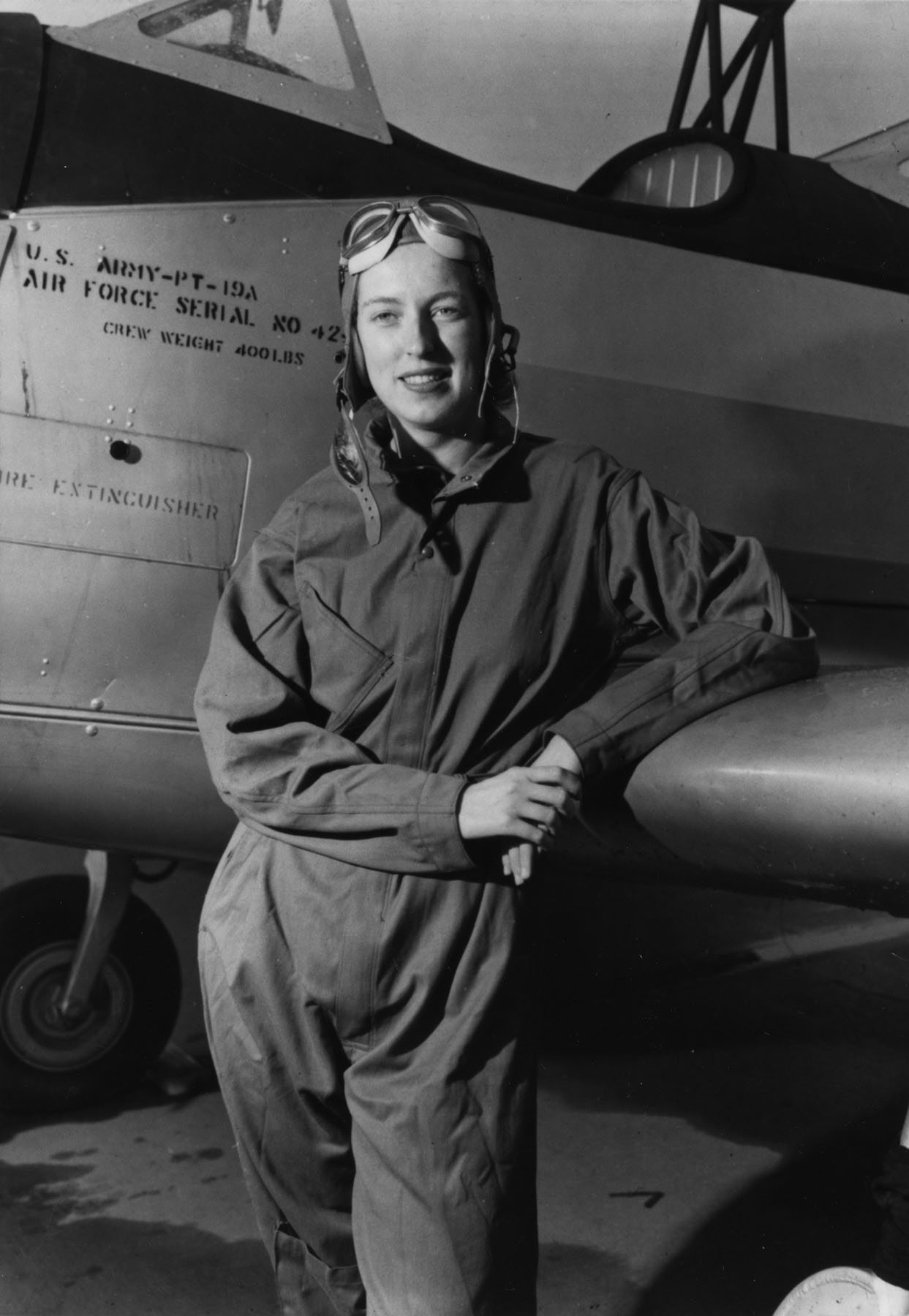

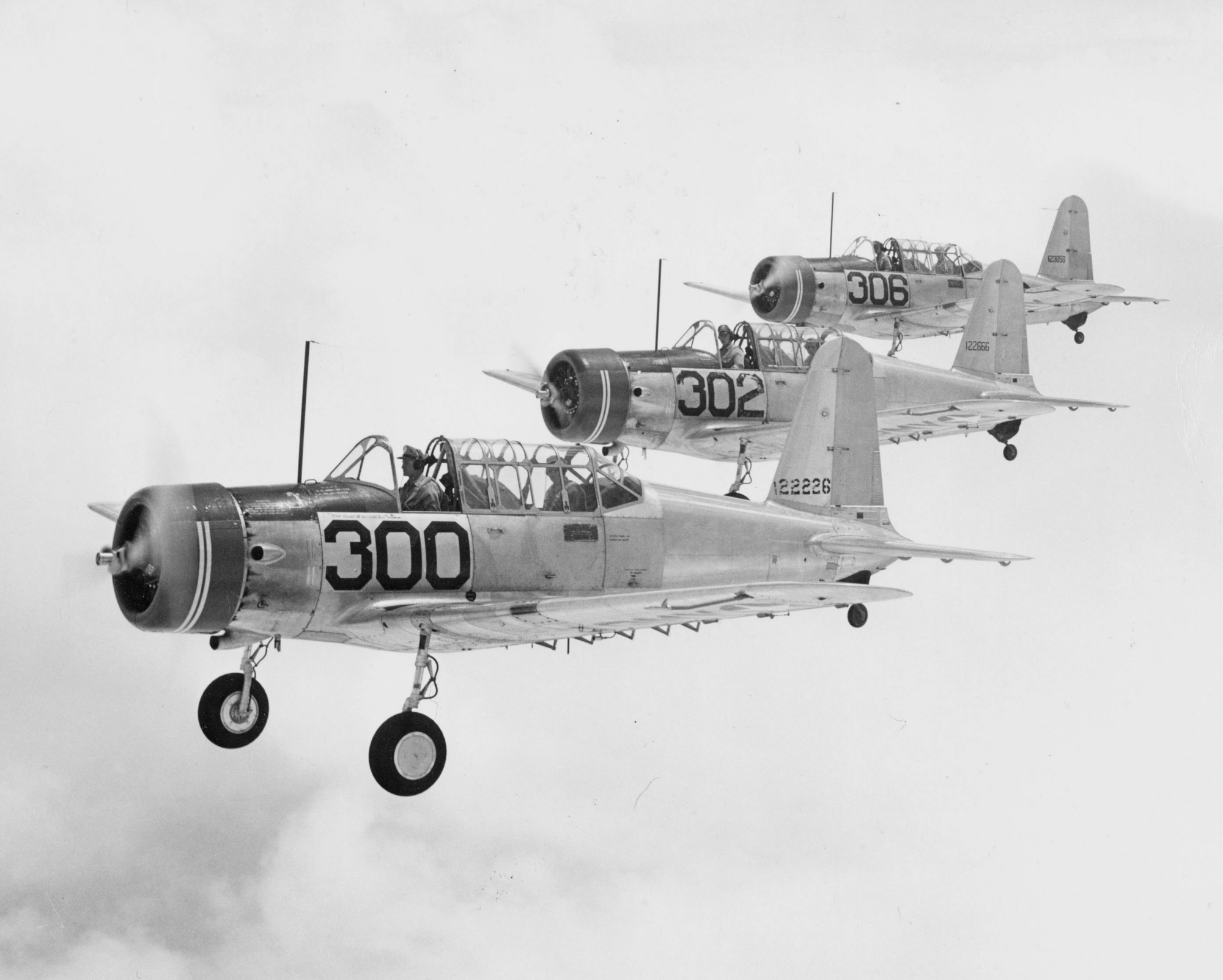
The left wing of Fort’s airplane was struck from behind by another airplane, BT-13A 42-42450, flown by Flight Officer Frank E. Stamme, Jr., U.S. Army Air Corps.
Fort’s BT-13 crashed approximately 10 miles (16 kilometers) south of Merkel, Texas, and Cornelia Fort was killed. Her body was found in the wreckage of the airplane. The canopy latches were still fastened.
The Associated Press reported:
Woman Ferry Pilot Killed
LONG BEACH, Calif., March 22. (AP)—The army air transport command’s ferrying division has announced the death of Cornelia Fort, twenty-three-year-old Nashville, Tenn., pilot.
Miss Fort was killed, the command said, on a routine ferrying flight yesterday at Merkel, Tex. She was the second woman to sign up with the women’s auxiliary ferrying squadron, and had had 1100 hours in the air.
Cause of the accident has not been learned, the command reported.
Fifteen months ago, a private flying instructor, Miss Fort was giving a lesson over Honolulu when the Japs attacked. Her surprised student almost piloted their plane into an enemy ship before she grabbed the controls, she related later.
Following her evacuation from the Hawaiian islands, she joined the auxiliary ferrying squadron and was stationed here. Miss Fort was the daughter of Cornelia Clark Fort of Fortland farms, near Nashville.
—Reno Evening Gazette, Vol. 77, No. 69, Monday, 22 March 1943, Page 7, Column 5
Cornelia Clark Fort was the first female pilot killed while on active duty with the United States military. She was 24 years old. Miss Fort was buried at the Mount Olivet Cemetery, Nashville, Tennesee.
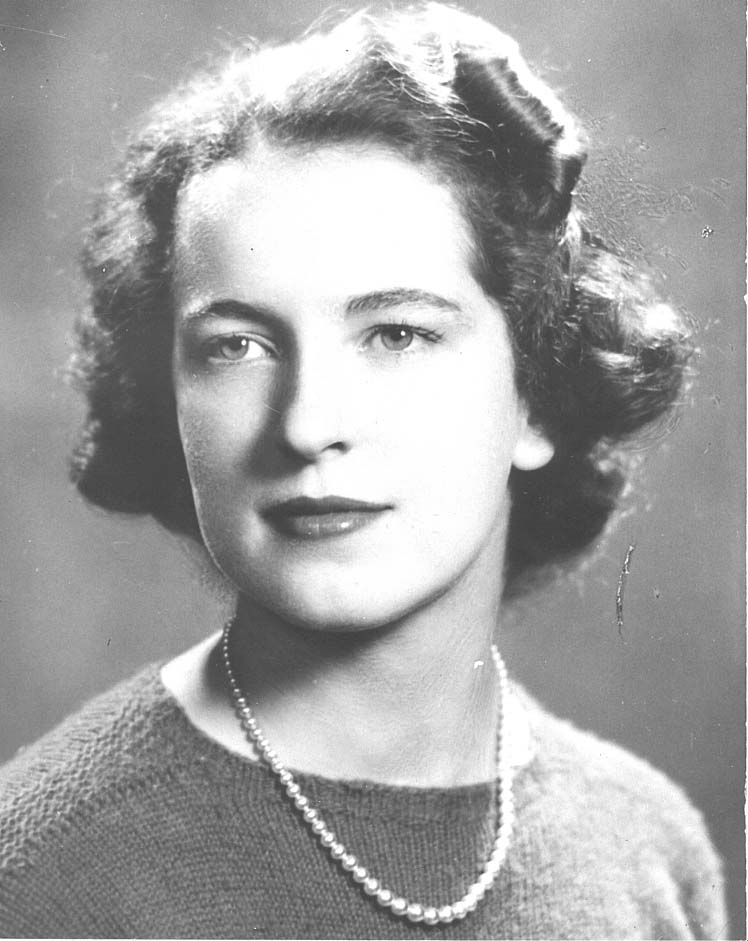
Cornelia Clark Fort was born into an affluent family in Nashville, Tennessee, 5 February 1919. She was the fourth of five children of Dr. Rufus Elijah Fort and Louise Clark Fort. Her father was a prominent surgeon who co-founded the National Life and Accident Insurance Company. The family lived at Fortland, an estate east of Nashville.
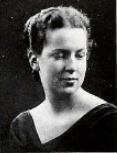
Cornelia attended the Ward-Belmont School in Nashville, then studied at the Ogontz School in Philadelphia. (Amelia Earhart had also attended Ogontz.) In 1937, Miss Fort transferred to Sarah Lawrence College, Yonkers, New York, where she studied Literature. She graduated 10 June 1939.
After taking a flight with a friend, Jack Caldwell, in January 1940, she pursued an interest in aviation, starting flight lessons the following day. Miss Ford had earned her pilot certificate and flight instructor certificate by June 1940. She was the first woman to become an instructor at Nashville. With the Civilian Pilot Training Program, she first went to Fort Collins, Colorado, where she taught for about three months, then went on to Honolulu, Territory of Hawaii.
On the morning of 7 December 1941, Cornelia Fort was practicing touch-and-goes with a student at John Rodgers Airport, near Honolulu.
Shortly before 8:00 a.m., Miss Fort saw a silver military-type airplane approaching her Interstate Cadet at high speed. She took over the flight controls from Mr. Suomala and put the trainer into a steep climb. The other airplane flew directly under, close enough that she felt the vibrations of its engine. She saw that its wings carried the “rising sun” insignia of the Empire of Japan.
Fort landed the Cadet at John Rogers Airport, which was being attacked by Japanese airplanes. Another trainer on the ground was destroyed by machine gunfire and its instructor killed.
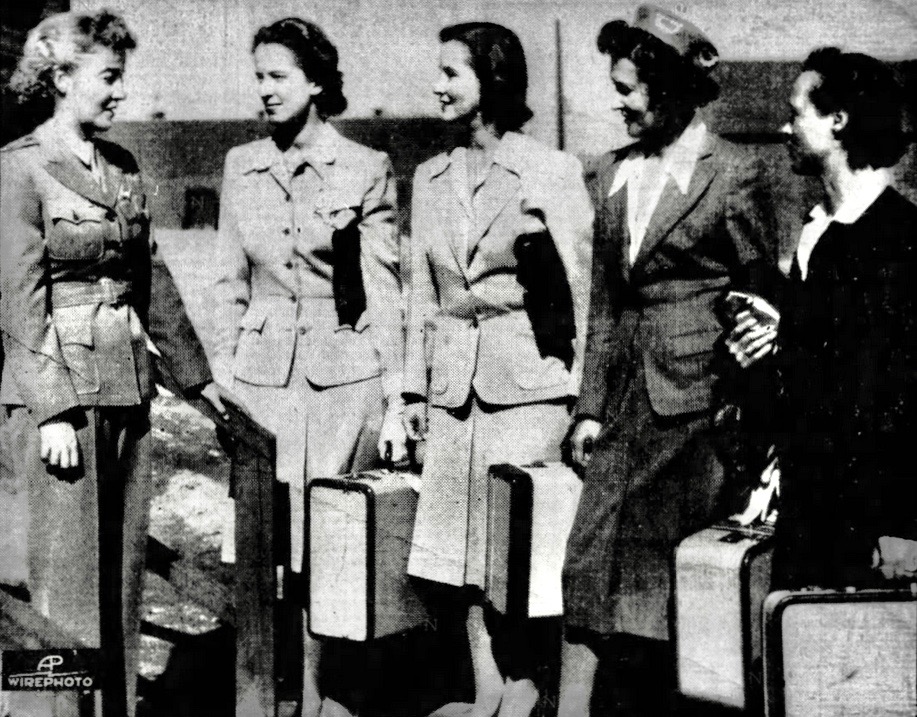
Following the attack on Pearl Harbor, all civilian aircraft were grounded. Cornelia Fort was able to return to the mainland United States in early 1942. In September she was one of the first 25 women accepted into the Women’s Auxiliary Ferrying Squadron. Miss Fort was assigned to the 6th Ferrying Group based at Long Beach, California.
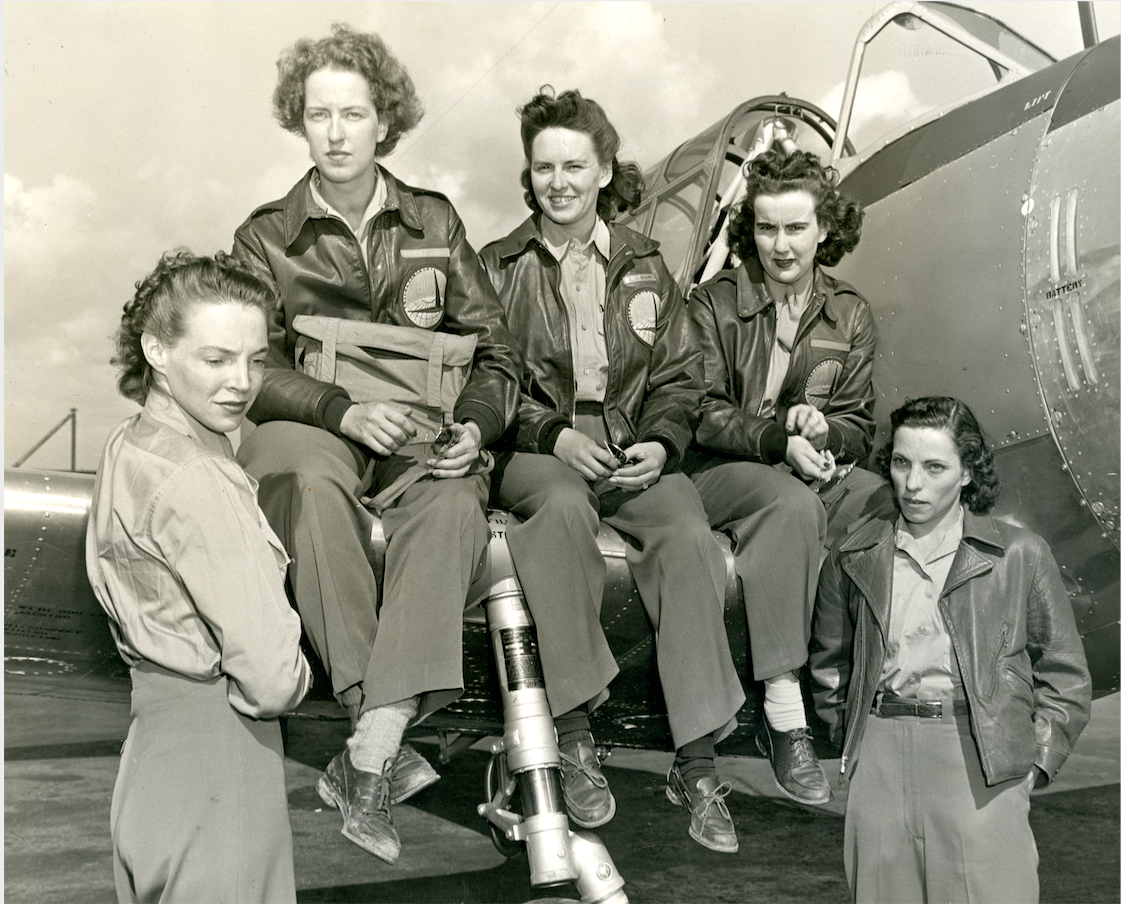
Air & Space/Smithsonian quoted from a letter written by Fort in a January 2012 article:
“I dearly loved the airports, little and big. I loved the sky and the airplanes, and yet, best of all I loved the flying. . . I was happiest in the sky at dawn when the quietness of the air was like a caress, when the noon sun beat down, and at dusk when the sky was drenched with the fading light.”
—Cornelia Clark Fort, 1942.
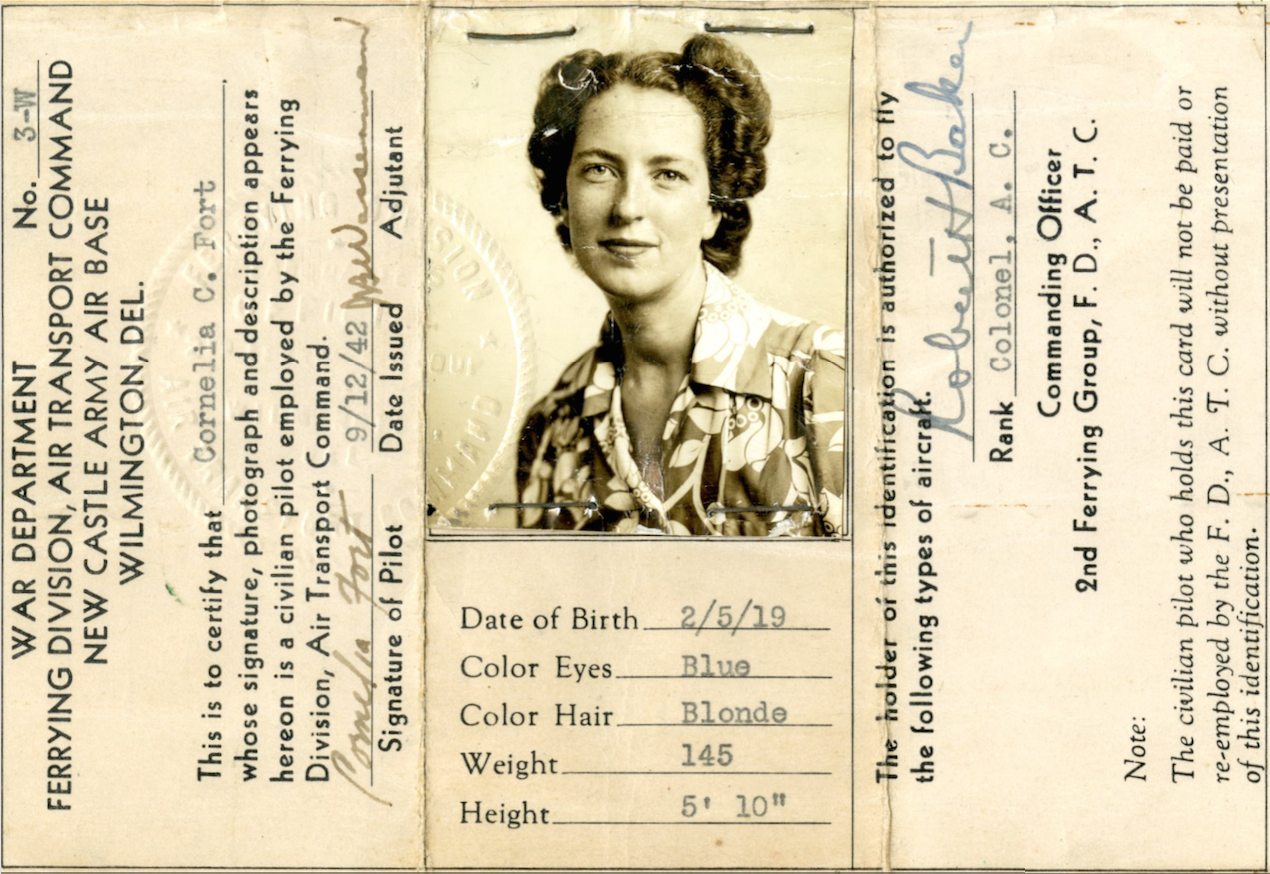
Frank Edward Stamme, Jr., was born at Dorchester, Illinois, 3 January 1920. He was the first of four children of Frank Edward Stamme, a machinist, and Bertha Catherine Peters Stamme.
Stamme enlisted as a private in the U.S. Army Air Corps at San Francisco, California, 5 November 1941. He had brown hair, gray eyes, was 6 feet, 1 inch (1.85 meters) tall and weighed 159 pounds (72 kilograms). At the time of the collision, he had approximately 250 hours flight time. Stamme was released from military service 16 January 1947. He died 19 February 1987 at San Pablo, California.
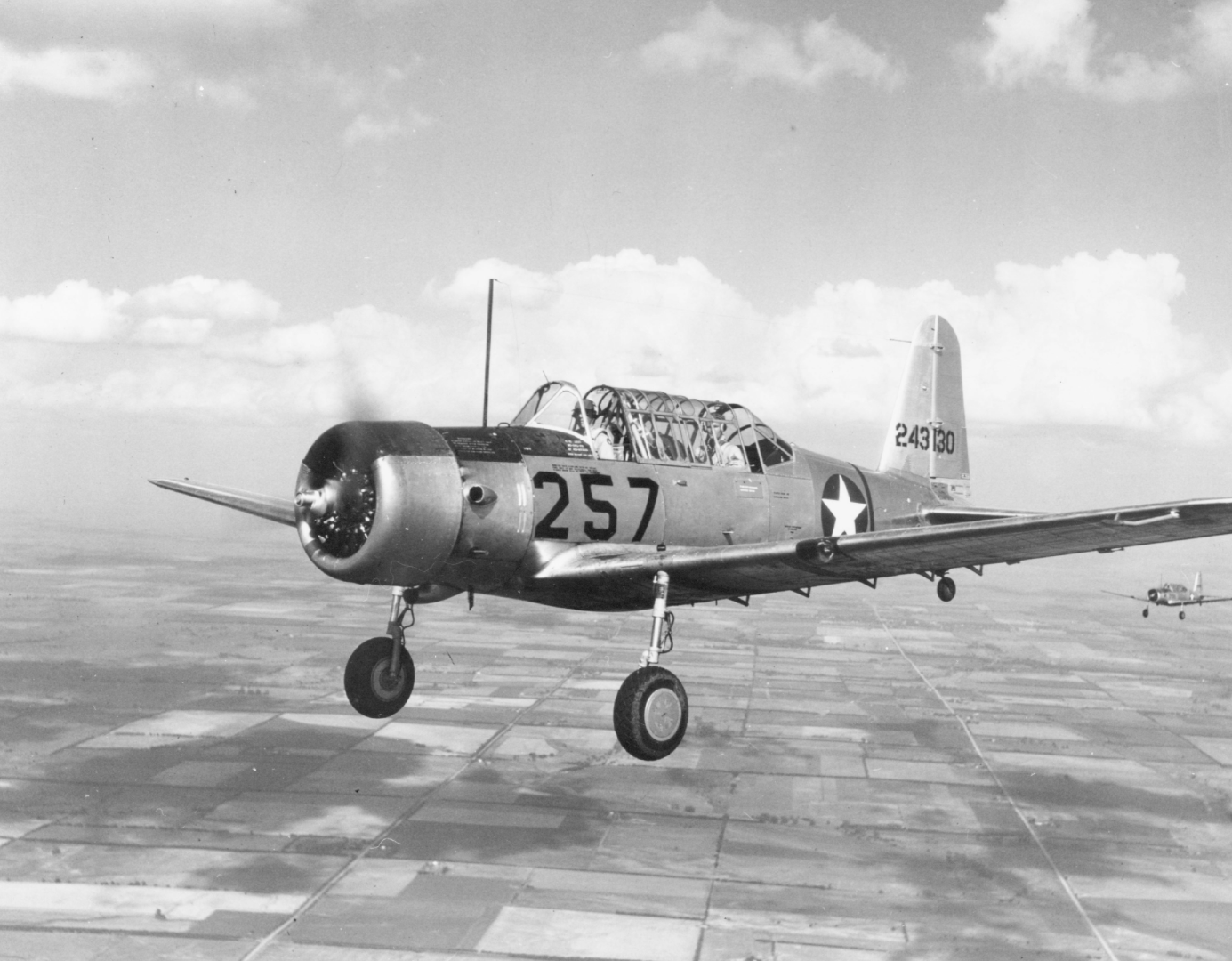
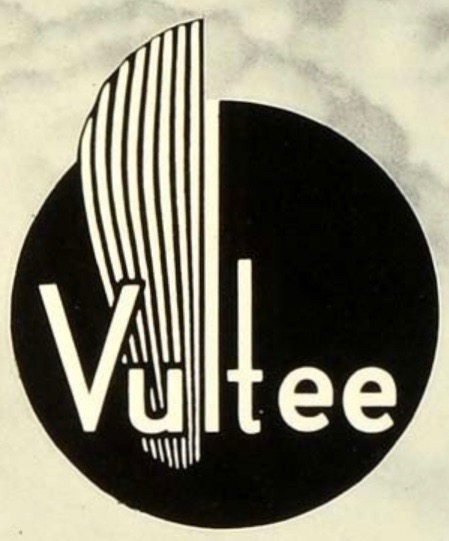
The BT-13A was powered by an air-cooled, supercharged, 986.749-cubic-inch-displacement (16.170 liter) Pratt & Whitney R-985-AN-1, -AN-3, or R-985-25 nine-cylinder radial engine. These engines had a compression ratio of 6:1, with Normal Power ratings from 420 horsepower at 2,200 r.p.m. at Sea Level to 450 horsepower at 2,300 r.p.m., and 440 horsepower to 450 horsepower at 2,300 r.p.m. for Takeoff. They were direct-drive engines which turned a two-bladed variable-pitch propeller. These engines were 3 feet, 6.38 inches (1.076 meters) long, 3 feet, 9.75 inches (1.162 meters) in diameter and weighed from 648 to 685 pounds (294–311 kilograms).
The BT-13A had a maximum speed (VNE) of 230 miles per hour (370 kilometers per hour). The service ceiling was 21,650 feet (6,599 meters) and range was 725 miles (1,167 kilometers).
Vultee built 9,525 BT-13 and BT-15 Valiant basic trainers between 1940 and 1945. Of these, 7,037 were the BT-13A and SNV-1 variant. By the end of World War II, the Vultee Valiant was considered obsolete and was replaced in U.S. service by the North American AT-6 Texan.
© 2020, Bryan R. Swopes
No mention of her actually flying on 7 Dec 1941 over Oahu when the Japanese attacked the island? Well here is a link that discusses that and much more about Cornelia Fort on that day and what may have happened to the aircraft she was flying.
http://www.airspacemag.com/history-of-flight/a-pearl-harbor-mystery-132431368/?all
Got that covered:
http://www.thisdayinaviation.com/7-december-1941-3/
I figured as much for that date, just wanted to make sure it was mentioned in this posting as well since it is a rather unique part of her career and is famed in cinema and print. Another interesting website regarding her crash can be found here: http://www.maritimequest.com/misc_pages/monuments_memorials/cornelia_clark_fort_crash_site.htm
Great job by you as always!
You’re right, John. I should have included it. I’ll have to modify the post. Thanks!
Thank you for the link, an enjoyable read. Miss Fort’s description of flying is simply outstanding, they should be written on a monument somewhere.
Hello Bryan, I am researching the photographic history of the lava bombings of 1935 and 1942. I am wondering where I could purchase high resolution scans of images related to this history. Who do you think would have the largest collection of such photographs?
Love your website!
Jean-René
Thank you, Jean-René. That’s a very good question.
Several of the photographs I found were from U.S. Government agencies, i.e., the U.S. Geophysical Survey, the National Park Service, and the U.S. Air Force. I would suggest that you try the Library of Congress, Prints and Photographs Division, although I just checked and their web site is down today because of weather. http://www.loc.gov/pictures/about/
The National Museum of the United States Air Force would also be a good source: http://www.nationalmuseum.af.mil/
Hawaii Aviation has many excellent historical photographs. They also have a Live Person who has helped search photos for me: http://aviation.hawaii.gov/
Art Resources in New York City handles images for the Smithsonian Institution. They “license” the image, sending you a computer file. The last one I licensed from them cost around $150. http://www.artres.com/C.aspx?VP3=CMS3&VF=ARTHO1_3_VForm&Flash=1
Getty Images has an incredible collection of historic images. Again, they license the image and send a downloadable file, rather than sell prints. There are very strict limitations on their use, and licenses are time-limited. My experience has been that they do not sell to individuals, only business-to-business, and they are VERY EXPENSIVE: https://www.gettyimages.com/
Many universities and libraries have huge photograph/image collections and do sell prints. I have found them to be quite reasonable. (I assume that you would know about these. 🙂 )
I have also been very happy with the services of the McMahan Photo Art Gallery & Archive in New York City. The quality of their prints is excellent and they are very well packaged for shipping (NOT rolled!). And not at all expensive, in my opinion. Robert McMahan may be able to help you find photos. http://www.mcmahanphoto.com/prco.html
Planning for the 1935 volcano bombing was under Lieutenant Colonel George S. Patton (later, General Patton, commanding Third United States Army during World War II.). There is the General George Patton Museum at Fort Knox, Kentucky, that might be useful: http://www.generalpatton.org/ The Patton Society Research Library might also be helpful: http://www.pattonhq.com/ And there is also a General Patton Memorial Museum in the low desert of southern California. I have never had contact with that museum, so it’s just a suggestion that you might consider: http://generalpattonmuseum.com/
I hope you find these suggestions useful. And thank you very much for visiting “This Day in Aviation.”
—Bryan
Was there ever an interview done with Mr. Stammes to find out why he pulled that stunt which cost Miss Fort her life?
I was not able to find the official accident report. I presume that he was, but I don’t know.
I went looking for a report and started stumbling upon other versions of the story which say that Stamme and Fort were attempting formation flying, against policy and regulations, and she clipped his wheel, lost parts of her wing, and augered in pushing the engine 2 feet into the ground, the implication being that the fault was on Fort. However, I’m sure you’ll agree that this doesn’t seem to pass the smell test. On the one hand we have an experienced instructor pilot with over 1,100 hours flying time, and on the other, an FNG type with only 200+ hours flying time. In the male dominated world of 1943 I’m getting a whiff of a male dominated narrative of the accident which clears the guy that lived, and blames the girl that died. I am of the mind that a grievous error has been committed against Miss Fort. Miss Fort seemed way too dedicated to flying, her job, and her commitment to the United States in the middle of a war to engage in such careless activity. Where did you hear that Stamme did a barrel roll and tagged Fort’s plane? I would like to help you clear Miss Fort’s name if it’s possible.
Ed, I do agree with you. These women certainly faced a lot of resistance. Their perseverance in the face of skepticism, obstruction, gender discrimination, etc., in the male-dominated world of military aviation, is highly commendable, and lead the way for some of today’s female combat pilots, for example, Brigadier General Jeannie Leavitt, currently commanding the 57th Wing at Nellis AFB, Nevada, or space shuttle commander Colonel Eileen Collins.
It has been several years since I did the original research for this article and I don’t recall the specific source. (It is my practice to use only sources that I consider to be reliable.) I will try to track it down. In Nancy Love and the WASP Ferry Pilots of World War II by Sarah Byrn Rickman, a letter from Nancy Harkness Love is quoted as saying the military investigation had “completely exonerated Cornelia of any blame.”
The caricaturish portrayal of Miss Fort by actress Jeff Donnell in the 1970 film, “Tora, Tora, Tora!” was unflattering, to put it nicely, in my opinion.
Thanks, Ed, for your interest in this subject.
—Bryan
I’m going to keep poking around to see what i can dig up. I’ll let you know if I find anything.
I found your site recently as a suggestion on Facebook.
I love it, it’s fantastic, the stories are great. You are doing a great job!
Regards, Ed
Thank you very much, Ed. I really appreciate that. I’m glad that you like it. —Bryan
Bear in mind that Stamme was a military-trained pilot with experience in formation flying. Fort had a little over 1,100 hours, most of it logged while instructing. That’s not a lot of time. She logged 300 hours in two months in Hawaii.
Uh no, according to reports, they were flying in formation and Fort hit Stamm’s airplane. Her left wing hit his right landing gear FROM BEHIND. He saw she was close and about to hit him and started a climb but her wing his his wheel. Reports are that she lost some six feet of the leading edge of her wing. A hit from behind is NOT going to damage the leading edge.